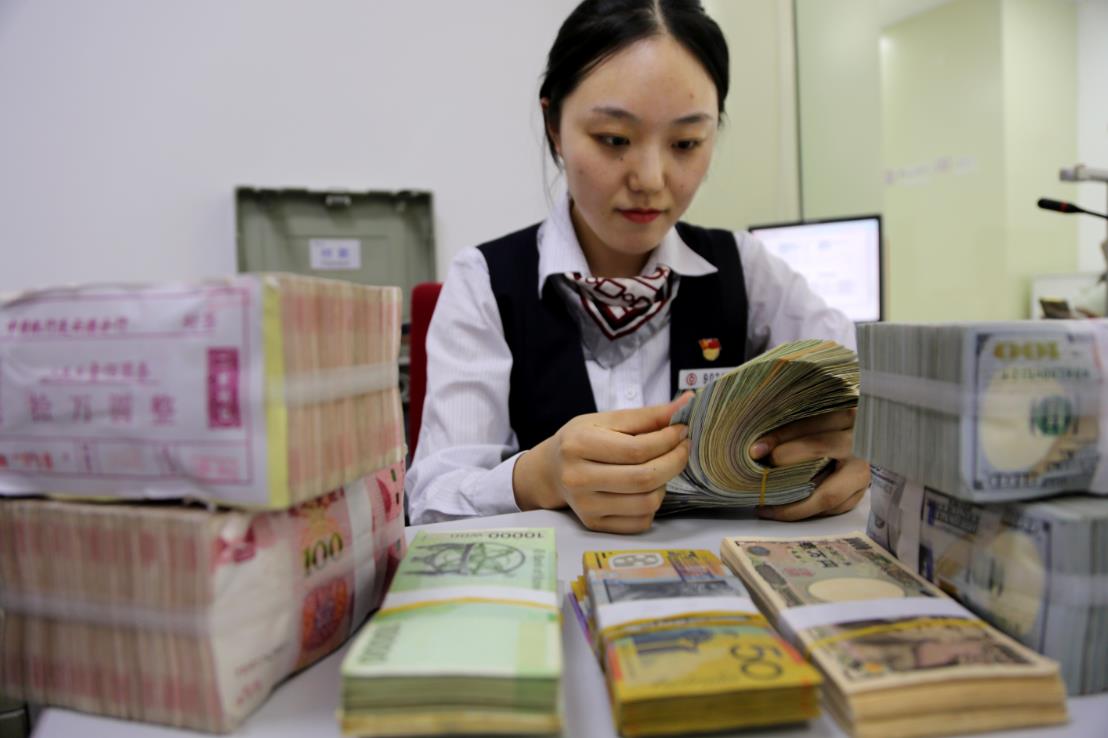Chinese financial reforms seek to leapfrog risks


For many US banks, making loans to sub-prime consumers is now their most profitable business. I had the opportunity to talk many times about banking business strategy with a senior executive of one of the largest banks.
He told me that his bank did not really want me as a customer if I paid all my debts on time. The bank makes money when a customer has a large credit card debt, misses a few payments, and has to pay an interest rate of 29 percent per year.
The bank also makes money if the customer runs out of money at the end of the month and has to pay a $30 overdraft fee to the bank for each purchase after the customer's account goes negative.
The unintended consequence of making consumer loans easily available is that the net US savings rate has dropped dramatically from more than 6 percent of GDP in 1986 to around 2 percent today. There is still a lot of saving in the US, but instead of using these funds for productive investments, banks just transfer them to other consumers.
The reforms have also led to increased concentration of the banking sector, so that a few big banks control most of the market.
A historic strength of the US banking system was that there had been thousands of small banks that served small towns and rural areas. The bankers got to know people and businesses in their areas, so they had the information needed to make loans to small businesses.
Today, the big banks no longer make much profit from lending to small businesses. It is no coincidence that the startup rate - the number of new companies as a percentage of all firms in the US - has fallen by nearly half since 1978, according to a study by the Brookings Institution.
Obviously, savers can be made better off by having alternative ways to manage their money. Opening up this market in China is especially important because it can reduce the current emphasis on buying apartments. But, allowing diversified investments is the key. Many economic studies confirm that the expensive international money managers get lower returns on average than low-cost index funds.
Companies that manage pension funds create special risks both for governments and individuals. Companies are naturally tempted to invest in high return-high risk investments, but governments invariably end up bailing out these funds when those investments go bad.
In their search for profits, US and UK banks invested in riskier and riskier assets, which neither they nor the regulators understood.
In the 2000s, many US banks invested in securitized real-estate bonds or credit default swaps - CDS - claiming that they had found a way to get high returns and at the same time reduce risk. I attended many meetings at the time with bankers bragging about how smart this was.
This turned out to be nonsense, but most bankers believed it at the time.
Even worse, the regulators believed it. For example, the US Federal Reserve Bank estimated in 2008 that there were $6 trillion of CDS outstanding. In the week after Lehmann Brothers' collapse in 2008, the Fed was surprised to find that more than $60 trillion of these unsupported assets were outstanding.
AIG, the main issuer of CDS, is an insurance company, so it was not regulated by the Fed, only by the New York State insurance regulator.
I must admit that I thought the US and UK banking reforms were a good thing when they were enacted. But history shows that this rapid loosening of controls on financial services firms had unintended consequences and unmeasurable risks that were not understood at the time.
The key to successful financial reform is to aim to solve specific problems without creating incentives or opportunities for banks to take large risks for high profits. Fortunately, Chinese authorities are taking big steps to forestall the potential dangers of financial reforms while simultaneously undertaking the controlled reforms needed to improve the services banks provide to the real economy.




































